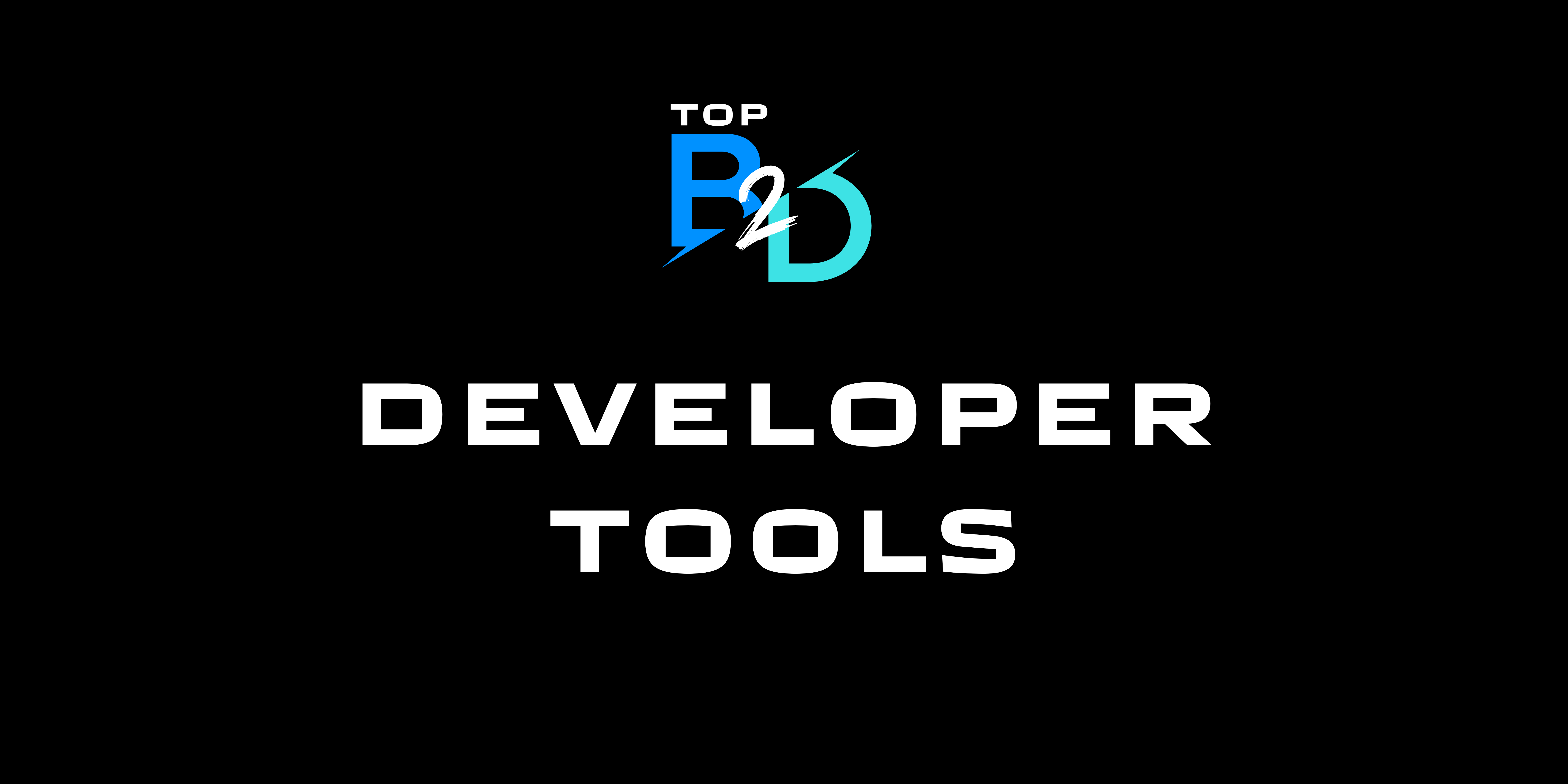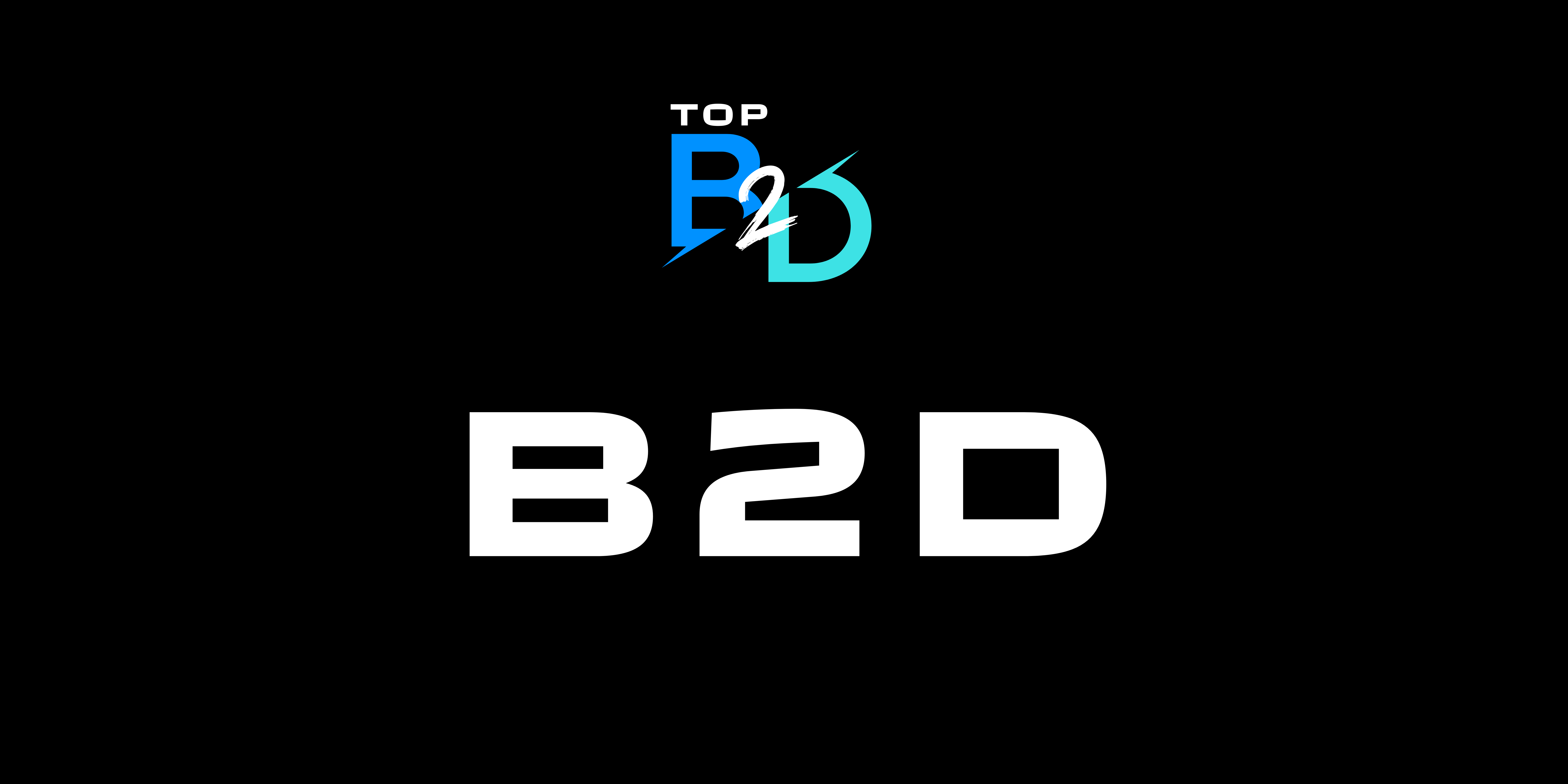Understanding the Concept of Developer-Oriented Web Design
The realm of web development has taken a significant paradigm shift with the advent of Developer-Oriented Web Design concept. Unlike traditional designing strategies that predominantly focus on visual aesthetics, this progressive approach meticulously considers the convenience, efficiency, and practicality for the developer. The aim here is to design a web site while encouraging more flexible, maintainable, and scalable coding practices.
How is Developer-Oriented Web Design Unique?
Developer-Oriented Web Design departs from the ordinary by bringing developers into the heart of web design process. Instead of developers merely utilizing designs provided by the designers, they are given a more decisive role in the design process. The designs are embodied with developer-friendly features, thereby making the developers’ work more streamlined and seamless.
The Advantageous Impact on Web Development Workflow
- Elevated Code Stability: When the developer is involved early in the design process, they can ensure a stronger and more stable code architecture from the get-go. This makes the code less prone to bugs and crashes in the long run.
- Enhanced Code Maintainability: A Developer-Oriented Web Design allows for a more maintainable code. Since the developer is part of the design process, they can ensure that the codebase remains clean, modular, and reusable.
- Improved Project Efficiency: With developers being a part of the design decisions, the back-and-forth between designers and developers can be greatly reduced, leading to efficient project execution.
With a clear understanding of Developer-Oriented Web Design, we can now venture into how this concept can effectively align with new-age development technologies like DevOps, thereby redefining the landscape of web development.
Integrating Developer-Oriented Web Design with DevOps
Why is Developer-Oriented Web Design Important?
Understanding the importance of developer-oriented web design is an integral part of website creation. Its practicality goes beyond simple aesthetics – it addresses the functional and navigational aspects of the website, ensuring that it works smoothly and is user-friendly.
The Foundation of User Experience
Developer-oriented design is primarily focused on the user’s experience. It addresses every small detail, from the speed of loading pages to the intuitive placement of buttons and navigation menus. In the digital age where website visitors have little to no patience for slow sites, having a developer-oriented design ensures your website operates swiftly, thus increasing visitor satisfaction and retention rate.
Enhancing Website SEO Visibility
Another key benefit of developer-oriented web design is its impact on Search Engine Optimization (SEO). A well-designed, functional website is more likely to rank higher in search engine results, thanks to its speed, mobile optimization, and crawlability. This ultimately results in increased visibility and more organic traffic to your site.
Reduced Maintenance Time
Lastly, developer-oriented design ensures that the websites are built with clean and efficient code. This not only improves performance but also makes it far easier and quicker to troubleshoot and maintain the site. Less maintenance time equates to more time focusing on what matters most – growing your online presence. This factor emphasizes the importance of a strong symbiotic relationship between web developers and web designers.
What are the Elements of Developer-Oriented Web Design?
Key Principles of Developer-Oriented Web Design
The field of web design has, over the years, undergone significant changes. However, the key principles of developer-oriented web design have remained largely consistent. First and foremost among these principles is a strong emphasis on efficiency and practicality. Web design for developers is not just about aesthetics, but rather about creating a website that is functional, easy to maintain, and very much describable in a code-based environment.
User-Centric Design
The foundation of any developer-oriented web design is providing a user centric experience. That is, a web design that’s not only appealing to the eyes, but also easy to navigate. The aim should always be to create a user-friendly interface that effectively communicates the website’s purpose and allows users to achieve their goals with minimal effort. Therefore, the placement of elements, the choice of colors and typography should aim towards enhancing the user’s experience.
Scalability and Performance Optimisation
Another critical principle is the need for scalability and performance optimization. As the website grows, there needs to be an assurance that its framework can handle the additional traffic and functionality without a drop in performance. Scalability is all about preparing for the future. In the same vein, a well-developed website should not only load quickly but also run smoothly, factors which can greatly influence user satisfaction and SEO ranking.
Structured Codebase
Lastly, principles of developer-oriented web design put a strong emphasis on a clean, well-structured codebase. This not only helps in reducing the possibility of bugs, but also simplifies maintenance and debugging. Furthermore, a well-structured codebase facilitates collaboration amongst developers, allowing them to understand, modify and extend the code more easily.
Importance of Responsive Design in Developer-Oriented Web Design
How to Implement User-friendly Interfaces in Developer-Oriented Designs
Developer-oriented designs inherently focus on the architecture and efficiency of the software rather than the ease of use or the aesthetic aspects. However, developing a user-friendly interface is just as crucial for successful application deployment. In this regard, the first step is to understand your users’ needs and the general usability standards in your industry.
One effective method is to use User-Centered Design (UCD) principles. The UCD approach prioritizes users and their interactions with the system. It involves soliciting feedback from end-users, testing different designs, and iterating the product until it’s straightforward to use without sacrificing functionality. Incorporating UCD principles into developing tools would improve usability and user satisfaction.
Use of White Space and Logical Layout
Another factor to consider in user-friendly interface design is the use of white space. Proper utilization of white space helps isolate important elements and create a path for the eyes to follow. Furthermore, the layout of your application should be designed logically. A logical layout includes positioning related items together, keeping navigation bars in predictable locations, and using familiarity to guide design.
Minimalism in Developer-Oriented Designs
Adopting a minimalist strategy is also fundamental to user-friendly interfaces in developer-oriented designs. Minimalism works on the principle of less is more. As the next step in implementing user-friendly interfaces, the minimalist approach aims to simplify user interaction by eliminating unnecessary elements, focusing on core functionalities, and making each interaction point clear and efficient.
Effective Tools for Developer-Oriented Web Design
In the competitive world of web design, leveraging the right tools is crucial to being efficient and delivering high-quality projects. Notably, there are a few effective tools for developer-oriented web design that significantly streamline the process, making the execution of projects easier, faster and more precise.
Functionality and Flexibility
The tools in mind offer both functionality and flexibility, which are paramount aspects of effective web design. No developer wants to get stuck in the middle of a project due to a restrictive tool. Thus, these tools ensure you can work seamlessly, by offering comprehensive feature sets that can handle every aspect of web design, from coding to visual layout design.
Time Efficiency
Time efficiency is another major advantage of these tools. With functionalities such as templates, drag-and-drop interfaces, and built-in coding, you save on development time significantly. The ability to reuse components and easily modify layouts also brings down the development time, giving room for focusing on other project aspects.
Collaboration Features
Web design is often a collaborative effort, and these tools offer robust collaboration features. From real-time co-editing to streamlined feedback processes, these tools ensure teams can work effectively even when located in different geographic locations. By improving collaboration, these tools indirectly enhance the quality of work produced.
How to Choose the Right Tools for Developer-Oriented Web Design
Challenges Associated with Developer-Oriented Web Design
In developer-oriented web design, there are several challenges that often arise. This approach, while undeniably beneficial in creating powerful, dynamic websites, is not without its drawbacks. Understanding these challenges is crucial for the successful execution of such a project.
1. Prioritizing Function Over User Experience
One of the major challenges faced involves a tendency to focus heavily on functionality at the expense of a user-friendly experience. Developers often prioritize coding efficiency and technical aspects, overlooking how end-users will interact with the website. The result can be a site that works seamlessly behind the scenes but is difficult for users to navigate, leading to lower engagement and ultimately, lower conversion rates.
2. Communication Breakdown
Another significant challenge in developer-oriented web design is communication breakdown. Often, developers may not fully understand the brand, target audience, or goals of the website. This lack of understanding can lead to a disconnect between the design they develop and what the business owners or marketing team intended. Clear and consistent communication is paramount in addressing this challenge.
3. Problems with Accessibility and SEO
Lastly, there are inherent challenges in web accessibility and Search Engine Optimization (SEO) when focusing primarily on developer-oriented web design. If developers do not have deep knowledge of SEO and accessibility guidelines, they may inadvertently create a website that performs poorly in search rankings or isn’t accessible to all users. Therefore, integrating SEO expertise and accessibility principles is a must for a balanced, successful website design.
Strategies to Overcome these Challenges
Real World Examples of Developer-Oriented Web Design
Developer-oriented web design is, in essence, an approach to website development where the user experience of the developer becomes the primary focus. It strives to boost efficiency, engagement, and effectiveness through simple, functional, and thoughtful design. A few real-life examples which illustrate this essence of developer-oriented design are GitHub, Stripe, and DigitalOcean.
GitHub: Emphasizing User Collaboration
As a platform widely recognized and used in the global programming community, GitHub stands out by its intuitive design layout, making it a striking example of developer-oriented design. Its simplified navigation and smart organization supports multi-user collaboration, while its minimalist design reduces visual strain, letting developers focus more on the task at hand.
Stripe: Simplifying API Documentation
Simplicity and comprehensibility are hallmarks of a developer-centric design, and Stripe nails it with its uncomplicated yet detailed API documentation. The API documentation’s layout, organized into a sidebar navigation system and a clean, spacious main content area, allows developers to effortlessly locate and absorb information quickly and efficiently. It provides code snippets and highlights key information, making it user-friendly and facilitating faster uptake of the API.
DigitalOcean: Cutting Down the Complexity
DigitalOcean, a popular cloud infrastructure provider, entirely embodies developer-oriented web design with its straightforward user interface and accessible tutorials. The decision to incorporate an instruction guide to direct first-time users and its simplification of complex tasks into manageable chunks enables developers of various skill levels to easily navigate and utilize the platform.
Moving Forward: The Emerging Need for Developer-Oriented Design
Increasing Efficiency through Developer-Oriented Web Design
In a digital landscape that is continuously evolving, one aspect that remains vital is the significance of developer-oriented web design. The core motive of such an approach is to increase efficiency in the development process and enhance the overall performance of websites. This not only streamlines the workflow of web projects but also drastically improves the outcomes associated with user interaction and usability.
A characteristic feature of developer-oriented web design centers around the establishment of a powerful coding environment. The structuring and utilization of high-value tools, technologies, and procedures form an integral part of this approach. This not only promotes a clean, maintainable, and scalable codebase but also ensures optimal usage of resources at hand.
Benefits of Developer-Oriented Web Design
- Efficiency: By integrating best practices and standards in the design process, developers can speed up the development time, resulting in early completion of web projects without compromising on quality.
- Problem Solving: A systematic design process enables developers to troubleshoot and eliminate potential design issues in the early stages itself, thereby reducing the scope of further complications.
- Consistency: By adopting a developer-oriented design approach, designers and developers can maintain an improved level of consistency across their web projects, enhancing the user experience.
Aligning the whole web development process around developer’s needs and perspectives, updating practices according to the latest technological advancements, and engaging in continual learning are crucial attributes that contribute to the amplified efficiency in web development gained via developer-oriented web design. These aspects not only aid developers in achieving their goal more effectively but also pave the way for improved usability and functionality of the website.
Tips to Improve your Developer-Oriented Web Design Skills
Web development and design are two key areas that can define the success of a website. Hence, it becomes crucial for developers to hone their web design abilities.Improving your developer-oriented web design skills, not only maximizes the user interface and user experience but also optimizes the overall performance of your website.
Keep Abreast with the Latest Design Trends
In this fast-paced digital era, web design trends are constantly changing. It is essential for developers to stay updated with the latest trends to enhance their web design skills. Regularly browsing through design websites, attending developer seminars and webinars, and reading design-related content can provide insights on the ongoing changes in web design trends.
Understanding UI/UX Principles
Understanding UI/UX principles is another important tip to improve developer-oriented web design skills. Intuitive navigation, efficient user interface design, and a user-friendly website layout can go a long way in improving a user’s experience. Developers should focus on understanding the needs and expectations of the user and create a design that is aligned with those requirements.
Learn and Utilize Advanced Tools
With the evolution of technology, there is an array of advanced tools available for web development and design. These tools can significantly speed up the design process, reduce manual errors, and improve the overall quality of the web design. Hence, learning and effectively utilizing these tools can greatly improve your web design skills.
Effective Ways of Implementing SEO in Web Development
Future Trends in Developer-Oriented Web Design
Web design is continually evolving, and it is essential for developers to stay updated with the latest trends. Looking into the future, we can anticipate a few significant developer-oriented web design trends.
Firstly, the exponential growth of Artificial Intelligence and Machine Learning cannot be ignored. These technologies have started to play a significant part in web design, leading to more personalised and efficient user experiences. As AI and ML become increasingly sophisticated, developers will need to adapt to incorporate these technologies into their designs.
A Shift towards Minimalistic Design
Secondly, minimalistic and functional design is gaining momentum, aligning perfectly with the ‘less-is-more’ approach. Users value simplicity and clarity above all else, resulting in a demand for designs that are easy to navigate while still visually appealing. Developers need to focus on creating clean, crisp and useful websites that highlight this trend.
Increased Focus on Mobile-First Design
Lastly, the focus on mobile-first design can be expected to increase further. With users increasingly accessing the web through mobile devices, developers need to prioritise mobile-friendly design. Incorporating responsive and adaptive layouts are critical components of the mobile-first strategy that no developer can afford to ignore.
Adapting to Future Trends: A Developer’s Guide
Keeping up with these future trends in developer-oriented web design can be challenging. It requires an updated skill-set and an adaptable mindset. Up next, we will explore how developers can prepare to stay relevant in the changing web design landscape.







